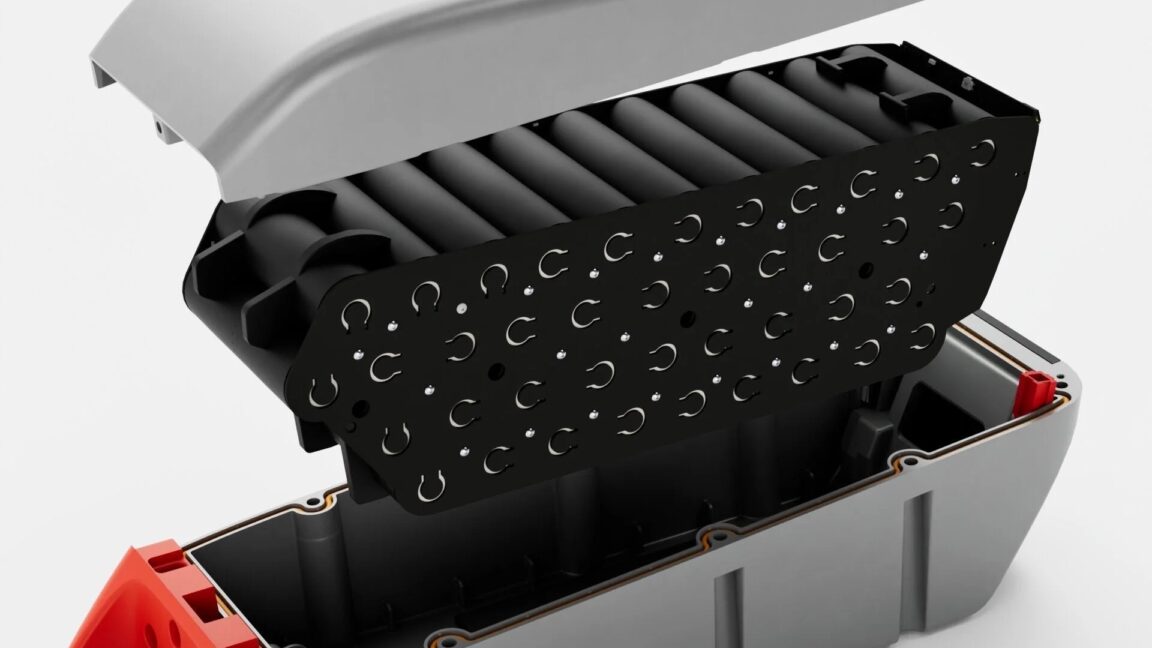200 mph for 500 miles: How IndyCar drivers prepare for the big race
This coming weekend is a special one for most motorsport fans. There are Formula 1 races in Monaco and NASCAR races in Charlotte. And arguably towering over them both is the Indianapolis 500, being held this year for the 109th time. America's oldest race is also one of its toughest: The track may have just four turns, but the cars negotiate them going three times faster than you drive on the highway, inches from the wall. For hours. At least at Le Mans, you have more than one driver per car.
This year's race promises to be an exciting one. The track is sold out for the first time since the centenary race in 2016. A rookie driver and a team new to the series took pole position. Two very fast cars are starting at the back thanks to another conflict-of-interest scandal involving Team Penske, the second in two years for a team whose owner also owns the track and the series. And the cars are trickier to drive than they have been for many years, thanks to a new supercapacitor-based hybrid system that has added more than 100 lbs to the rear of the car, shifting the weight distribution further back.
Ahead of Sunday's race, I spoke with a couple of IndyCar drivers and some engineers to get a better sense of how they prepare and what to expect.


© Brandon Badraoui/Lumen via Getty Images
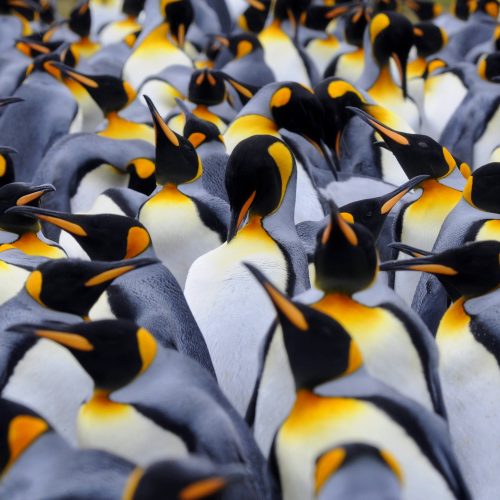
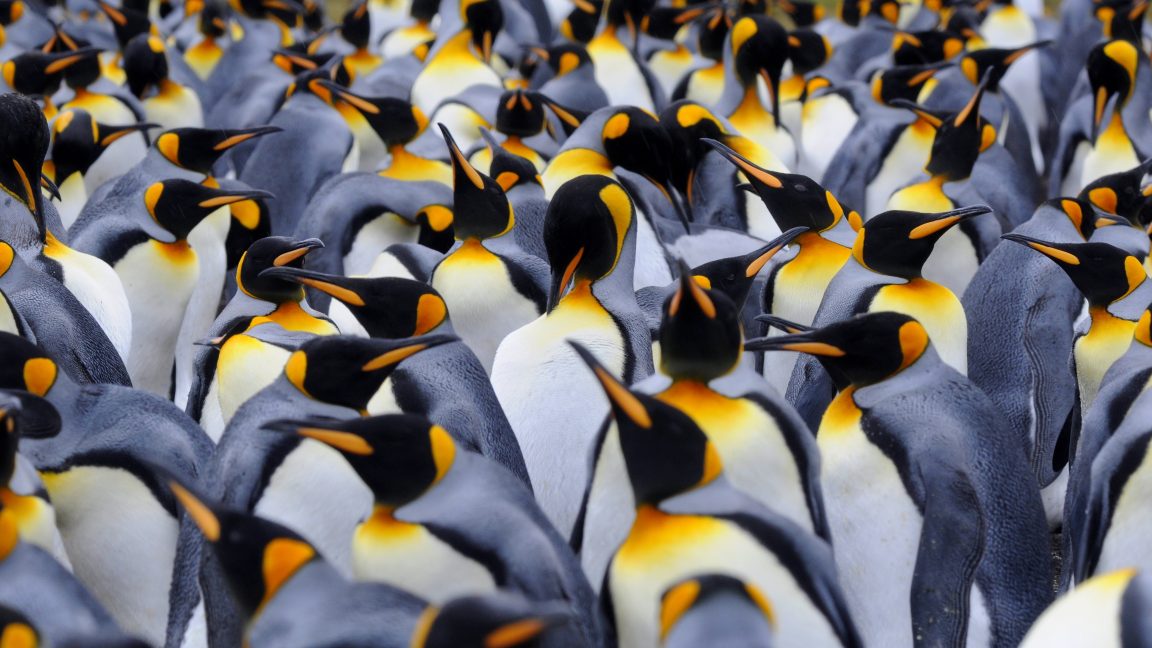





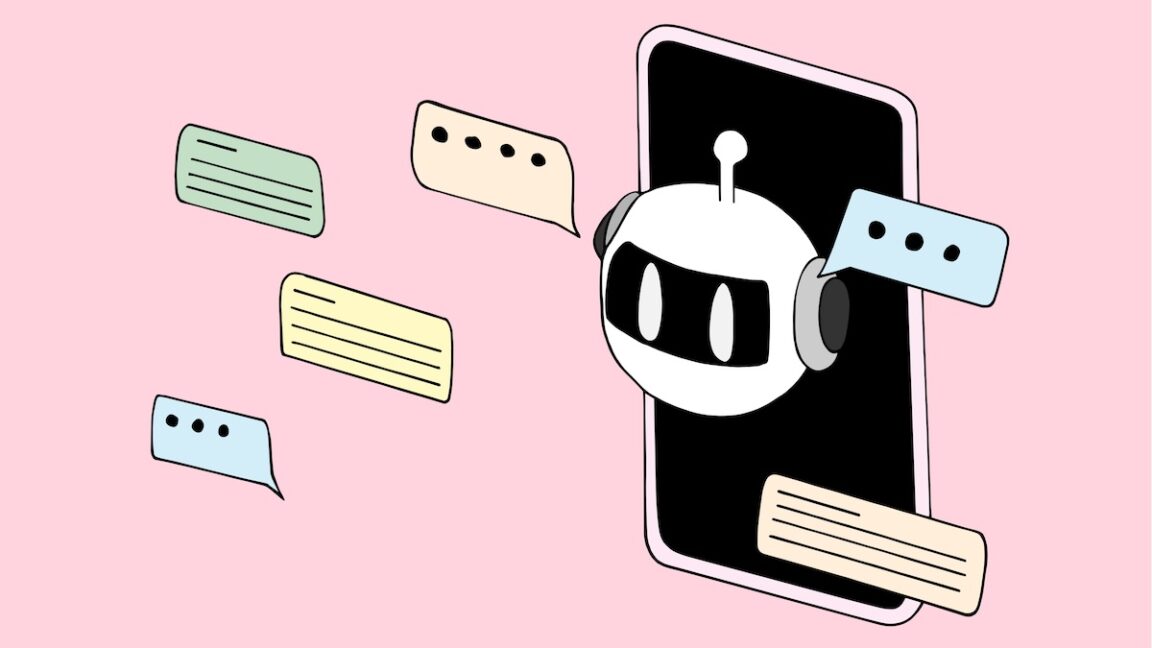


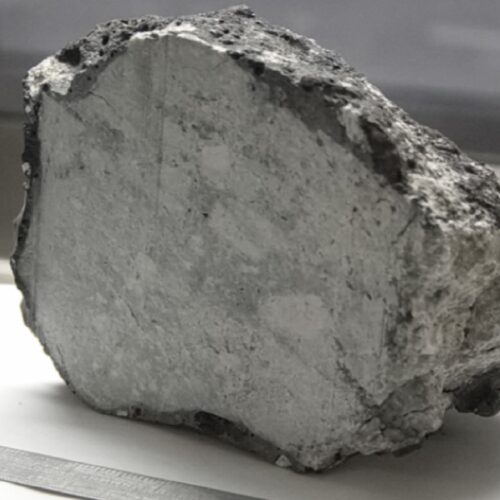
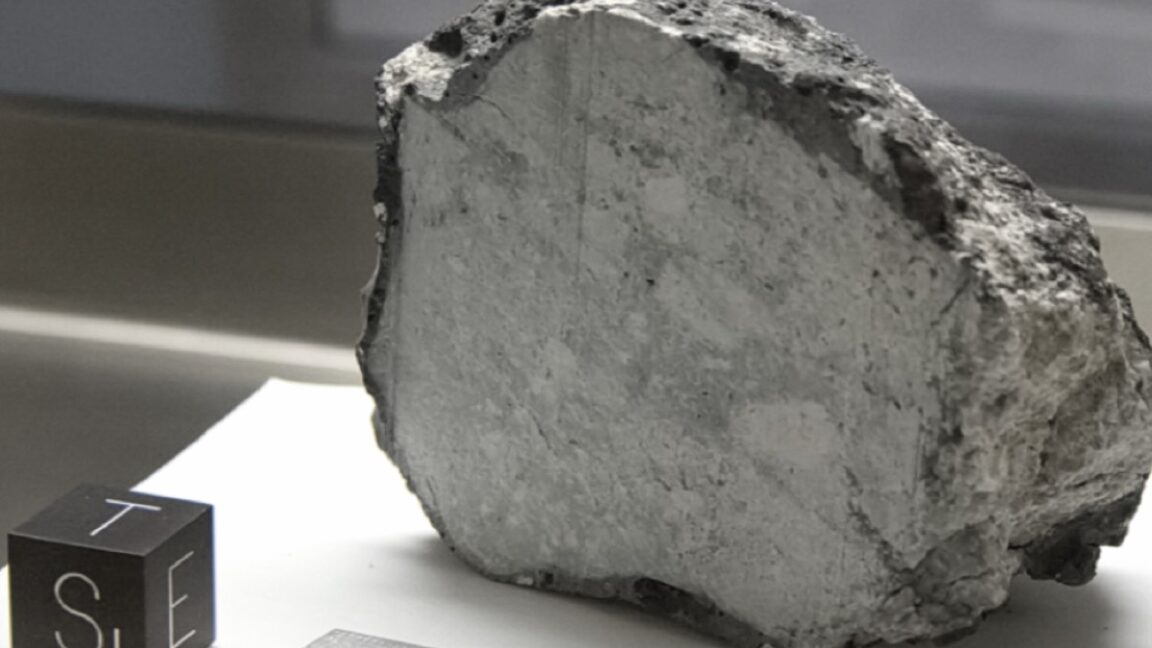










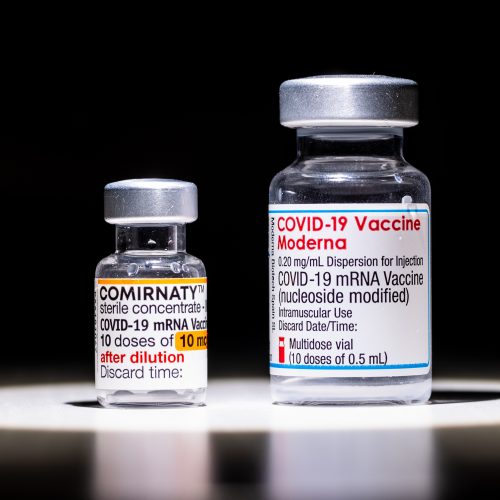

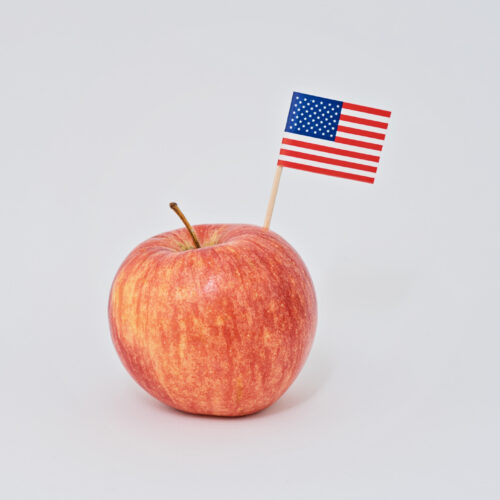
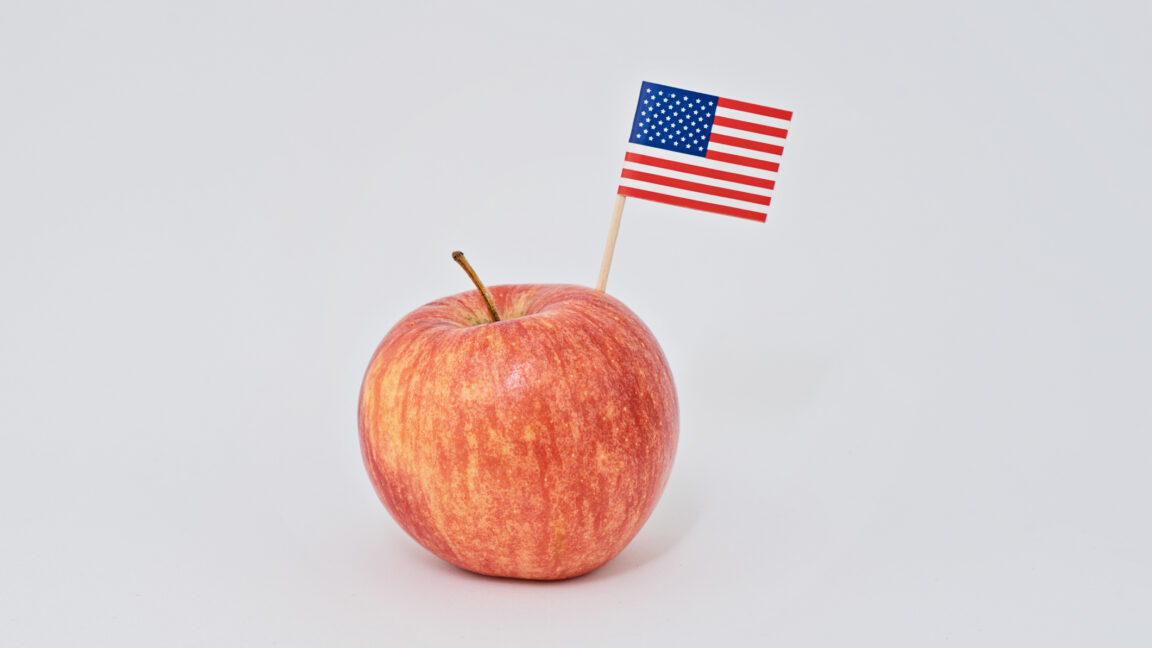











 Credit:
Gouach
Credit:
Gouach

